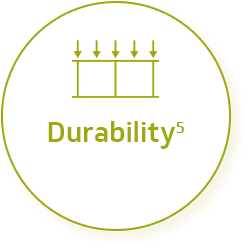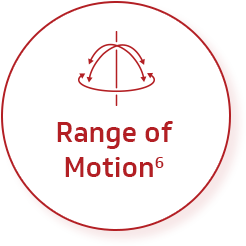1As of February 2020.
268 of the 83 patients with follow-up x-rays.
3Floman Y, El-Hawary R, Lonner BS, Betz RR, Arnin U: Vertebral growth modulation by posterior dynamic deformity correction device in skeletally immature patients with moderate adolescent idiopathic scoliosis. Spine Deformity: Published online August 21, 2020; DOI: https://link.springer.com/article/10.1007/s43390-020-00189-z
4Floman Y, El-Hawary R, Millgram MA, Lonner BS, Betz RR: Surgical management of moderate adolescent idiopathic scoliosis with a fusionless posterior dynamic deformity correction device: interim results with bridging 5–6 disc levels at 2 or more years of follow-up. Journal of Neurosurgery: Published online January 10, 2020; DOI: https://doi.org/10.3171/2019.11.SPINE19827
5Arnin U, El-Hawary R, Betz RR, Lonner BS, Floman Y: Preclinical Bench Testing on a Novel Posterior Dynamic Deformity Correction Device for Scoliosis. Spine Deformity: 7(2019)203-212. DOI: https://doi.org/10.1016/j.jspd.2018.08.010
6Holewijn RM, Kleuver MD, van der Veen AJ, et al: A Novel Spinal Implant for Fusionless Scoliosis Correction: A Biomechanical Analysis of the Motion Preserving Properties of a Posterior Periapical Concave Distraction Device. AO Spine: Published online April 7, 2017; DOI: https://journals.sagepub.com/doi/10.1177/2192568217699377
 English
English Español
Español Deutsch
Deutsch



